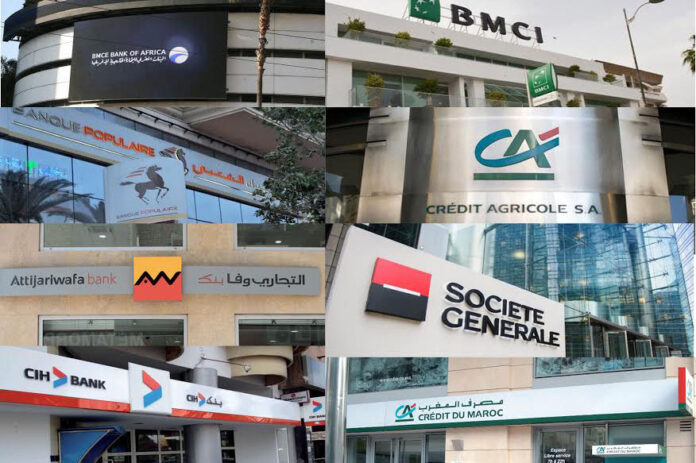Morocco’s banking sector is showing steady signs of strengthening, supported by regulatory reforms that are increasingly aligned with international standards. That’s the main takeaway from a new report by Fitch Ratings, though the agency cautions that these improvements alone are not yet enough to warrant an upgrade in the intrinsic credit ratings of Moroccan banks.
A key part of this transformation is the phased rollout of the SREP (Supervisory Review and Evaluation Process), led by Bank Al-Maghrib. This framework, expected to be fully operational by 2027, focuses on enhancing risk management and bolstering capital adequacy across the banking system. One of its cornerstones is the introduction of additional capital buffers for Morocco’s three systemically important banks—Attijariwafa Bank, Bank of Africa, and Groupe Banque Centrale Populaire. These institutions must now maintain a Common Equity Tier 1 (CET1) ratio of at least 11%, up from the previous 9%, moving Morocco closer to the Basel III requirements and increasing the sector’s resilience.
The financial health of Morocco’s top listed banks also appears to be improving. According to recent projections from Attijari Global Research, their combined net profits are expected to hit 20.7 billion dirhams in 2025 and rise to nearly 24.6 billion by 2027. These forecasts reflect a bullish outlook for the sector on the stock market.
On the fundamentals, performance remains encouraging. The consolidated net income of the country’s seven largest banks jumped 20% year-on-year in the first half of 2025, driven by stronger market revenues and lower provisioning costs. As of the end of June, the average CET1 ratio stood at 10.9%, slightly above the 10.8% posted a year earlier and well above the required threshold. The average Tier 1 ratio reached 11.9%, fully compliant with the new requirements for systemically important banks.
Despite these positive indicators, Fitch still urges caution. Some institutions are operating with relatively thin capital buffers. For a potential upgrade in their Viability Ratings, improvements in asset quality and operating conditions will be necessary.
That said, Moroccan banks have a range of tools at their disposal to strengthen their capital positions. These include capital increases, conservative dividend policies, and the issuance of Tier 1 and Tier 2 subordinated debt on the domestic market—all of which contribute to greater overall financial stability.
The implementation of SREP also obliges banks to conduct in-depth self-assessments, prompting them to address potential weaknesses in governance, liquidity management, and business models. According to Fitch, this will lead to tighter internal discipline and more effective capital management.
Morocco is one of the most advanced African countries in terms of Basel III adoption. Banks already disclose key metrics such as their short-term liquidity coverage ratios, net stable funding ratios, and leverage ratios.
Bank Al-Maghrib has also adopted a more hands-on supervisory approach. This includes on-site inspections and stricter risk-weighting for non-performing loans. These underperforming assets are now subject to progressively higher capital requirements, reaching up to 250% after four years—an incentive for banks to resolve them faster.
The broader economic outlook is also working in favor of the sector. Fitch forecasts Morocco’s GDP to grow by 4.4% in 2025 and 3.9% in 2026, supported by a rebound in agriculture, strong performances in tourism and manufacturing, and resilient domestic demand. Inflation has eased to 1.7% as of early 2025, opening the door for potential monetary easing. Meanwhile, the government continues to prioritize public investment, keeping fiscal policy supportive.
Altogether, these developments suggest that Moroccan banks are better positioned to support the country’s economic recovery. While capitalization has historically been a weak point, ongoing reforms and gradual improvements could bring long-term stability to the sector. The creation of a secondary market for distressed assets would offer an additional tool to accelerate this momentum.





